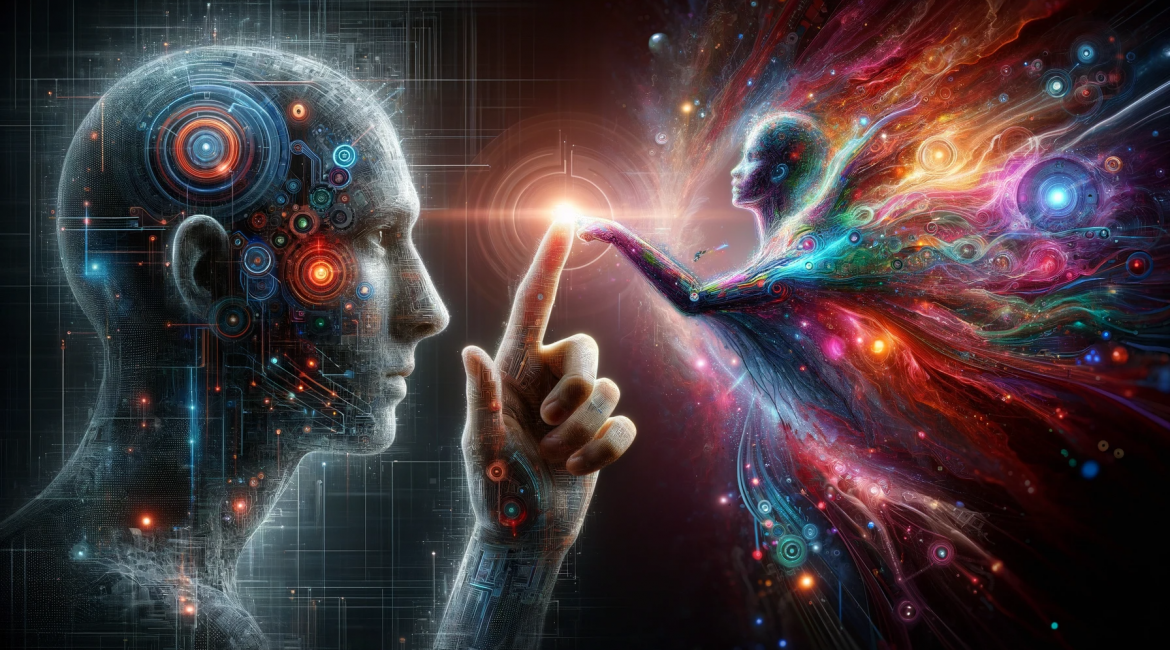Imagine swirling colors blooming on a canvas, guided not by a human hand, but by lines of code. This isn’t just science fiction – it’s the dawn of a new era where artificial intelligence (AI) is redefining art itself. But with this artistic evolution comes a tangle of questions: Who owns the brushstrokes? Where does inspiration draw the line? And can robots write symphonies that stir our souls?
Forget singularity anxieties; the real challenge lies in finding harmony between human and machine artistry. It’s a dance of rights, ethics, and endless possibilities, and we’re only learning the first steps.
Laws built for paint tubes and pens stumble around pixels and algorithms. Should an AI-generated painting inspired by Monet be considered copyright infringement? Or a transformative masterpiece fueled by the whispers of a thousand artists? Fair use, once a shield for critics and scholars, may also shield AGI too. It’s a legal limbo, leaving some fearing a future where AI steals the creative spark from humanity.
But what if it’s the opposite? What if AI isn’t a thief, but a collaborator, expanding the canvas of possible creation? Imagine symphonies born from human melodies and machine harmony, sculptures sculpted by a sculptor’s vision and an algorithm’s chisel. The brushstrokes may change, but the canvas of shared imagination remains.
Ethics become the conductor in this creative orchestra. Transparency is the tuning fork, ensuring every line of code echoes with the stories of its human inspiration. Authorship becomes a duet, a shared applause for the minds that shaped the final form. And at the heart of it all, a timeless truth: respect for the spark of originality, born in human minds regardless of the tools we use to express it.
Instead of fearing rupture, let’s weave AI into our existing cultural tapestry. Feed its algorithms diverse narratives, whispers from forgotten corners of history, voices often silenced in the past. Let AI amplify these stories, not erase them. Let its brushstrokes celebrate the tapestry’s richness, not rip its threads.
This isn’t a future where robots replace artists. It’s a future where we, creators of all stripes, human and machine, join hands to build a grander, more inclusive renaissance. AI becomes our partner, accelerating the democratization of art, making it accessible to all who long to leave their mark on the canvas of existence.
This is a future waiting to be written, not in lines of code, but in the choices we make today. Will we choose fear and division, or collaboration and shared brilliance? Will we embrace the ethical compass etched in our humanity, or let technology redefine morality itself?
The future of art awaits, a blank canvas yearning for color. Let’s pick up our brushes, both real and digital, and paint a world where creativity takes flight, powered by the combined spark of human ingenuity and the infinite possibilities of AI. Remember, the future holds not just a new brush, but a new palette – let’s use it to paint a masterpiece.




